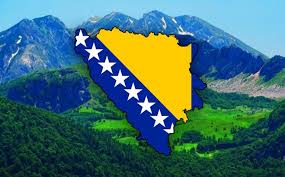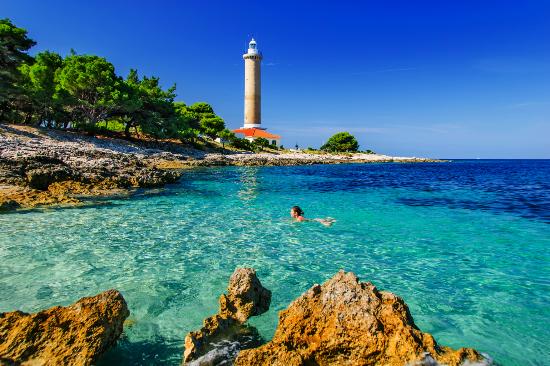
Bosnia and Herzegovina is not a country that would immediately come to your mind when you think of Europe. However, this small country in Southeast Europe is definitely worth a visit for off-the-beaten-track travellers and only recently till 1995, it was struggling with a civil war. It was the year 1991, Yugoslavia disintegrated under the pressures of ethnic conflict and economic issues. Serbian forces executed widespread “ethnic cleansing” in occupied areas including Bosnia, creating horrific scenes of refugees and concentration camps that seemed unthinkable in modern Europe.
 |
| map of Bosnia in the world |
The population of Bosnia and Herzegovina was comprised of three ethnic groups: Serbian, Croatian, and Muslim. So when the country become independent from Yugoslavia in 1992, it led to more chaos and distrust among the different ethnic groups. Shifts in territorial control were accompanied by widespread ethnic cleansing. It is thus important to appreciate our harmonious society and ethnic diversity that we have in Singapore because we do not want history to repeat itself.
Mostar may not be the capital city, but this small town has traces of bullet holes within its city walls and abandoned buildings that serve as a stark reminder of how fragile peace is in this world. The main attraction in Mostar is Stari Most – the old bridge. Originally built by the Turks in 1566, it was destroyed in 1993, but rebuilt in 2004. The bridge is the highlight of Mostar and is a UNESCO World Heritage Site. The bridge is 21m high and you will frequently see members of the Mostar Diving Club dive off the bridge. We saw a video of how the bridge was bombed during the war and it interrupted supply between the two sides of the city.
| Boys like to jump off this bridge as part of a summer event |
There were also Ottoman influenced houses, but we did not go in because of the admission fees and we felt that we have seen enough in the abandoned buildings. In Mostar it is easy to pay with euros due to many tourists visiting it and shops selling similar souvenirs line the old town, otherwise their own currency is the Bosnian mark (1 Bosnian mark = 0.5 euro) The old town is a compact area which offers brilliant photo opportunities at every corner. With cobbled streets, cafes and restaurants serving authentic local cuisine and the old bridge as the main thoroughfare from one side of the river to the other, Mostar is indeed a charming town, especially with the view of the Old Bridge at dusk over the Neretva River.
Try the local Bosnian food, including my favourite burek. Burek is a common term to refer to a meat pie which can be found around Croatia, Bosnia and Serbia. It is traditional Yugoslavian cuisine. In Croatia, burek is the same pie with cheese instead. Pie with cheese is called sirnica (a bit sour), filled with spinach is known as zeljanica , filled with potato is krompiruša, a bit salty). Bureks are affordable as each costs from 1KM to 2KM. Another popular dish is Ćevapi. Ćevapi is a small dumpling made of minced meat, mostly beef, with the addition of garlic, onion and different spices. In Bosnia, Ćevapi are served in different portions of five, ten, fifteen or more pieces and there are regional differences in preparing and shape of ćevapi (separately or in bundles of four or five pieces). Hope you enjoyed this special post on Bosnia!
 |
| burek |
 |
| Ćevapi |

